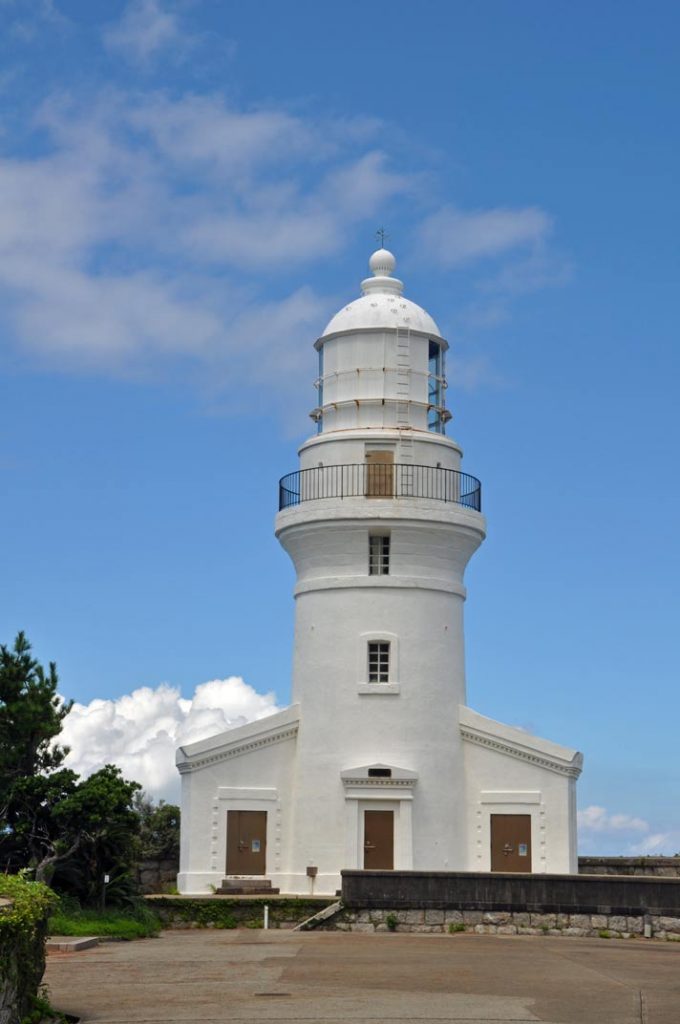At the end of the Kyushu peninsula in Japan, about as far south west as you can go, is the city of Kagoshima, end of the bullet train rail pass. It’s also the jumping off point for the ferry to the sub-tropical Yakushima.

Yakushima (屋久島) is one of the Osumi Islands, 504.88 km2 (194.94 sq mi) in area, with a small a population of 13,178, mostly hippies. We crossed t the island by 2hour hydrofoil, but there is also a ferry, a slower car ferry, and flights to Yakushima Airport (3 to 5 times daily from Kagoshima, once daily from Fukokoa and once daily from Osaka).


To drive in Japan, you need an international drivers licence, which we’d not realised – next time we’ll take one and hire a car there.

In 1980 an area of 18,958ha (46,850 acres) was designated a UNESCO Man and Biosphere Reserve.

It is the largest nesting ground for the endangered loggerhead sea turtle in the North Pacific, though we were slightly too late in September to see the main baby turtles race for the ocean and my family were all too squeamish about the “circle of life” death run that involved to actively hunt out the few remaining sites where turtles could be found.


Yakushima’s unique remnant of warm/temperate ancient forest has been a natural World Heritage Site since 1993. In the Wilderness core area (12.19 square kilometres (3,010 acres)) of the World Heritage Site, no record of past tree cutting can be traced.

The island is visited by 300,000 tourists every year.

The bedrock of the island is granite, and as such it hosts no active volcanoes. It has an area of approximately 504.5 square kilometres (194.8 sq mi) and is is roughly circular in shape.

It feels like a mountain rising straight from the ocean bed and many of the tourists who visit do so in order to walk the circumference of peaks at the centre of the island.


That was never going to be us – we settled for some leisurely day trips and hunting out watering holes including some of the numerous hot springs to be found here.


Yakushima contains one of the largest tracts of existing Nansei Islands subtropical evergreen forests, and endangered habitat ecoregion.

The only large animals indigenous to the island are red-bottomed macaques and a variety of sika deer (yakushika).


Yakushima is famous for its lush vegetation. Whilst most of the island has at one time or another been logged (dating back at least to the early Edo period), it has been extensively replanted and reseeded since logging ended in the late 1960s, at which time a conservation regime was established.

In addition to this secondary forest, there are some remaining areas of primary forest, composed mainly of a variety of Japanese cedar, known as yakusagi (屋久杉), the best known single example of which is named the Jōmon Sugi (縄文杉), as its age is estimated to date to at least the Jomon period of Japanese history, 2300 years ago.

In addition, the island lists over 50 varieties of endemic flower, as well as a number of endemic trees.

Yakushima has a humid sub-tropical climate with hot, humid summers and mild winters. It is also Japan’s wettest place, where in Summer the locals say it rains “35 days a month”.

There are drier periods in autumn and winter, and when we visited it was dry throughout. It is the southernmost place in Japan where there is snow in the mountains, often for months, while the ocean temperature is never below 19 °C (66 °F)

And none of these very wonderful facts happens to be the reason we visited because yakushima is also the inspiration for Hayao Miyazaki‘s film Princess Mononoke.


It is one of the most beautiful places on earth that I have visited, and I’ve visited many places.





